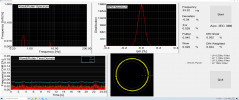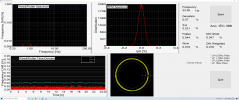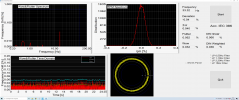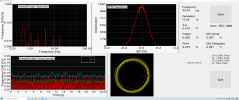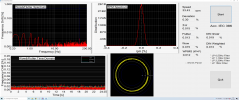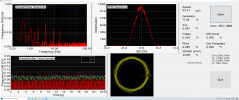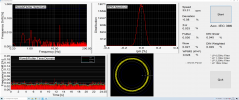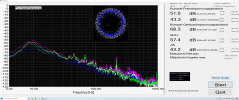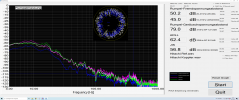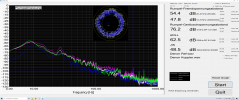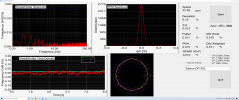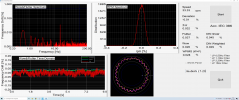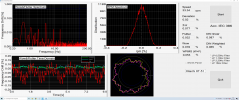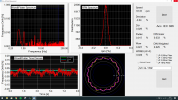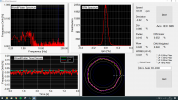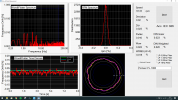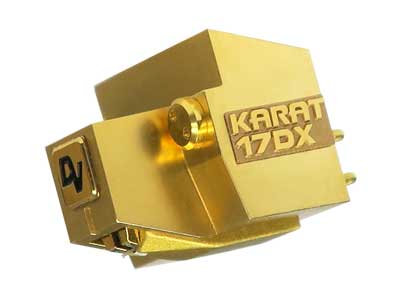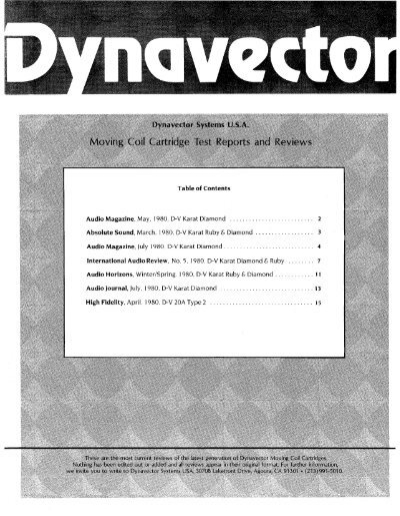stereoplay
Active Member
Hello,
as I posted before, I tried a new approach to measure Wow&Flutter and failed.
I used a optical encoder disc with 2000cpr:

Setup on a real turntable:

But the encoder is not precise enough to obtain noise-free measurements.

So in the next step I will try it with a gyroscope, very similiar to that Shaknspin gadget.
as I posted before, I tried a new approach to measure Wow&Flutter and failed.
I used a optical encoder disc with 2000cpr:
Setup on a real turntable:
But the encoder is not precise enough to obtain noise-free measurements.
So in the next step I will try it with a gyroscope, very similiar to that Shaknspin gadget.


